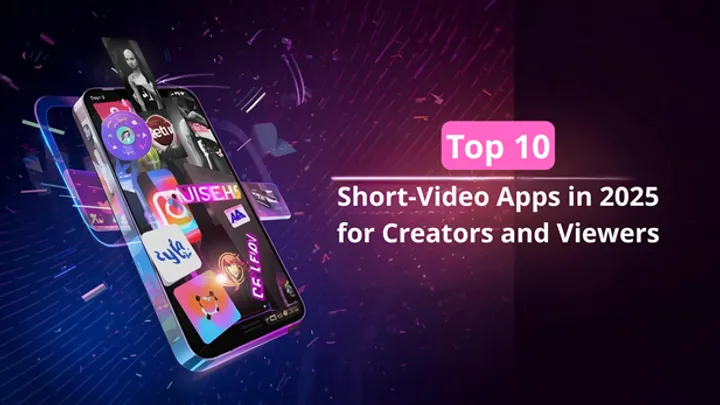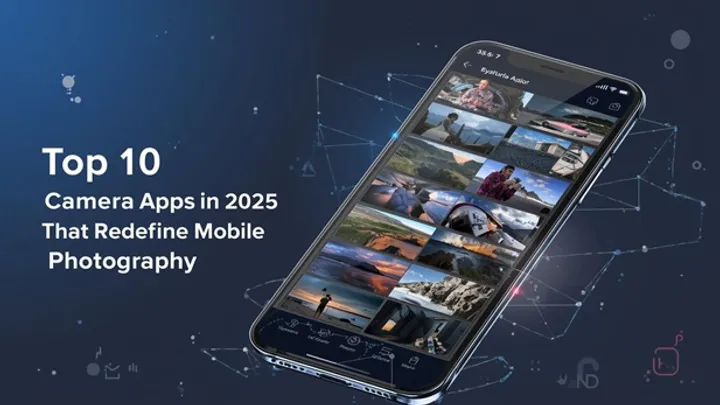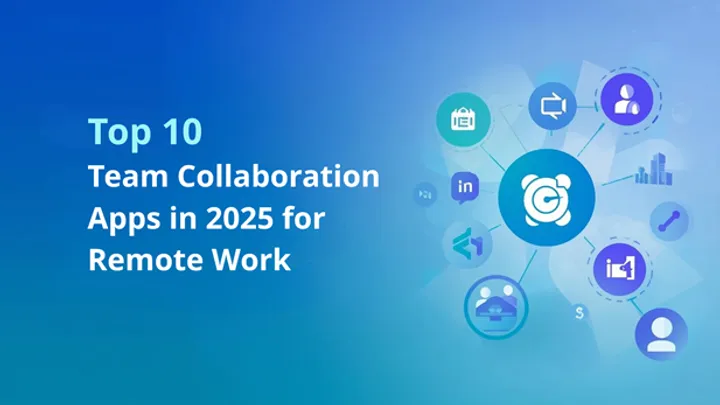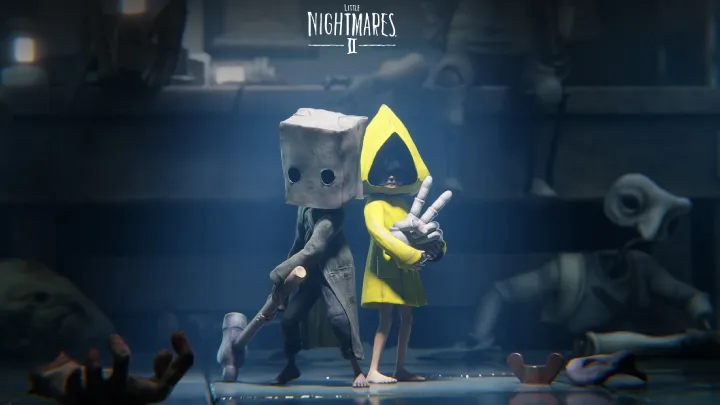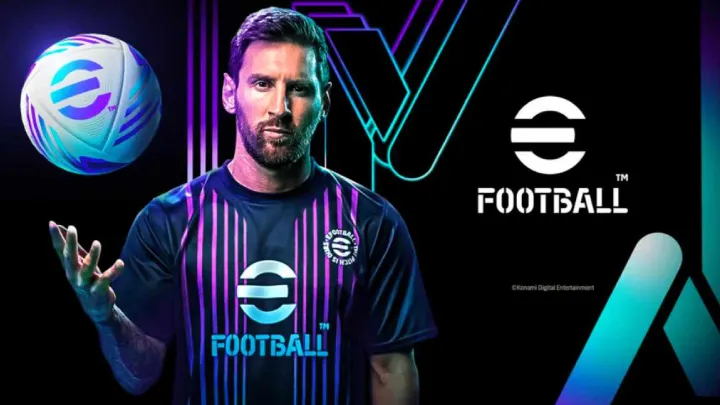Introduction
BeamNG.drive isn’t just another driving simulator—it’s a groundbreaking physics-based experience that blends hyper-realistic soft-body vehicle damage, dynamic environments, and limitless creative possibilities. Whether you’re a casual driver testing a new map or a hardcore simulator enthusiast crafting complex scenarios, BeamNG.drive challenges your driving skills, engineering creativity, and problem-solving abilities. This guide delivers a comprehensive set of tips, strategies, and insights to help you master vehicle control, explore its powerful tools, and fully embrace the game’s sandbox potential. By the end, you’ll understand how to push BeamNG.drive’s systems to their limits and unlock a richer, more rewarding gameplay experience.
1. Understanding BeamNG.drive’s World and Physics
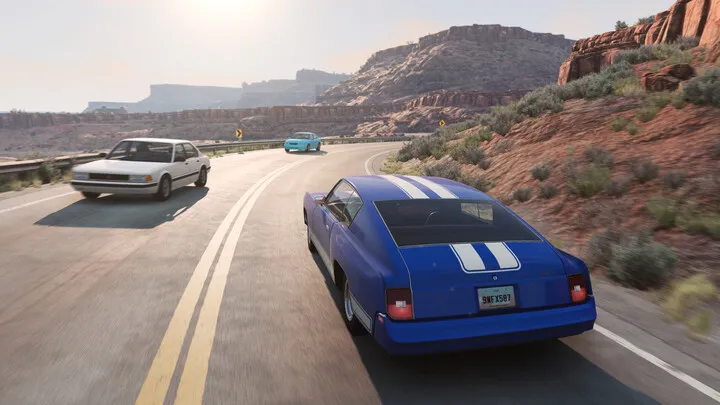
The Soft-Body Physics System
- BeamNG.drive’s hallmark feature is its soft-body physics engine, which simulates every component of a vehicle in real time. This means crashes deform realistically, suspension reacts dynamically, and weight shifts feel authentic.
- Understanding this system allows you to predict vehicle behavior during jumps, collisions, and off-road driving. Use low-speed tests to observe how different parts bend or break.
- Treat every surface—gravel, mud, tarmac—as unique. Physics behavior changes dramatically depending on terrain, weather, and vehicle setup.
Exploring Environments
- The game offers a range of maps: sprawling highways, mountain passes, urban areas, and off-road tracks. Learn each map’s layout to find the best routes for testing or racing.
- Many maps hide secret paths, ramps, or environmental details. Thorough exploration can reveal perfect spots for cinematic crashes or challenging stunts.
- Experiment with weather and time-of-day settings to test vehicles under various conditions. Wet roads or nighttime driving drastically affect performance.
2. Preparing for Your First Drives
Vehicle Familiarization
- Start with versatile vehicles like the Gavril D-Series or Hirochi Sunburst. Their balanced handling and durability make them perfect for beginners.
- Test braking, acceleration, and turning at different speeds. Learning how weight shifts under braking or acceleration prevents rollovers and improves cornering.
- Use the replay system to study your mistakes. Observing crashes from multiple angles helps you understand what went wrong and how to improve.
Setting Up Controls
- Adjust steering sensitivity and dead zones to match your input device, whether keyboard, controller, or wheel. Proper calibration ensures more precise control.
- Experiment with camera views. Cockpit view immerses you in simulation, while chase or orbit views provide a wider perspective for stunt planning.
- Save custom configurations for different vehicles—off-road trucks, drift cars, and race vehicles may benefit from distinct setups.
3. Mastering Vehicle Handling
Cornering Techniques
- Enter corners at appropriate speeds—oversteering or understeering can cause spinouts. Practice throttle modulation to maintain grip.
- Use weight transfer to your advantage. Lightly tapping the brakes before a corner shifts weight forward, increasing front-end grip for sharper turns.
- For drift cars, initiate slides with a quick steering input and controlled throttle, but be ready to counter-steer quickly.
Braking and Acceleration
- Practice threshold braking—pressing brakes just before lockup—for maximum stopping power without skidding.
- Accelerate smoothly to prevent wheel spin, especially on low-grip surfaces like gravel or ice.
- Use engine braking on steep descents by downshifting instead of relying solely on brakes—this reduces heat buildup and improves control.
4. Vehicle Customization and Tuning
Basic Upgrades
- Upgrade tires, suspension, and brakes first—these provide the most noticeable improvements in performance and control.
- Adjust tire pressure for different terrain. Lower pressures improve grip off-road, while higher pressures benefit high-speed tarmac driving.
- Swap engines or transmissions for vehicles that feel underpowered. However, match power increases with upgraded brakes and suspension.
Advanced Tuning
- Experiment with differential settings, camber, and toe angles to fine-tune handling.
- For rally or off-road builds, stiffen suspension slightly for control but allow enough travel for uneven terrain.
- Save and name tuning setups for specific maps or driving styles—switching quickly between builds saves time and effort.
5. Exploring Game Modes and Scenarios
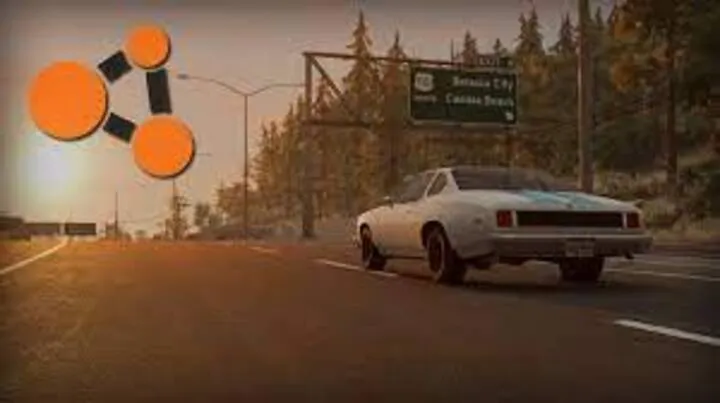
Campaigns and Challenges
- Campaigns introduce various driving scenarios, from delivery missions to high-speed chases. Use them to develop your skills progressively.
- Pay attention to mission objectives—sometimes precision and patience matter more than speed.
- Replay scenarios to improve your times or experiment with alternative strategies.
Free Roam and Sandbox
- Free Roam is the heart of BeamNG.drive. Test any vehicle, experiment with crashes, or create custom challenges.
- Use AI traffic to simulate real-world driving conditions or stage multi-vehicle accidents.
- Combine Free Roam with the World Editor for endless possibilities—build ramps, obstacles, or custom race tracks.
6. Utilizing Tools and the World Editor
World Editor Basics
- The World Editor allows you to modify maps or create entirely new ones. Learn to place ramps, trees, and objects to customize your environment.
- Use the Node Grabber to manipulate objects or fix vehicles mid-test.
- Save your custom creations and share them with the community—user-generated content enriches the game’s possibilities.
Other Useful Tools
- The Vehicle Configurator lets you swap parts quickly or reset damaged vehicles.
- Use the Replay Editor for cinematic captures of your best stunts or crashes.
- Experiment with the AI control panel to simulate traffic patterns or chase sequences.
7. Crash Testing and Realism
Controlled Crash Experiments
- Set up controlled collisions to observe vehicle deformation. Vary speeds, angles, and surfaces for different results.
- Use slow-motion to study impacts. Understanding how vehicles crumple can improve your driving techniques and accident avoidance.
- Share crash tests online—BeamNG.drive’s community appreciates detailed experiments and creative scenarios.
Realistic Driving Practice
- Treat BeamNG.drive as a driving simulator—practice safe driving techniques, emergency maneuvers, and skid recovery.
- Use realistic camera views and disable assists for a more authentic experience.
- Apply what you learn in-game to real-world driving concepts, such as weight transfer and braking distances.
8. Modding and Community Creations
Finding and Installing Mods
- The modding community offers cars, maps, and tools that expand BeamNG.drive’s content dramatically.
- Use the in-game repository for safe downloads, or trusted forums for high-quality mods.
- Keep mods updated and remove outdated ones to prevent performance issues.
Creating Your Own Mods
- Learn basic 3D modeling and texture work to design custom vehicles or environments.
- Test your creations thoroughly before sharing them. A well-tuned mod enhances gameplay for everyone.
- Engage with the community for feedback—collaboration often leads to incredible projects.
9. Performance Optimization
Graphics and Settings
- Lower shadows, reflections, or anti-aliasing if your system struggles. BeamNG.drive’s physics can be demanding even on strong hardware.
- Use the performance graph to monitor FPS and CPU/GPU usage during tests.
- Close unnecessary background programs to free up resources.
Stability and Updates
- Regularly verify game files and update drivers to maintain stability.
- Use experimental branches cautiously—they offer new features but may be less stable.
- Back up custom content before major updates to avoid losing data.
10. Advanced Driving Challenges
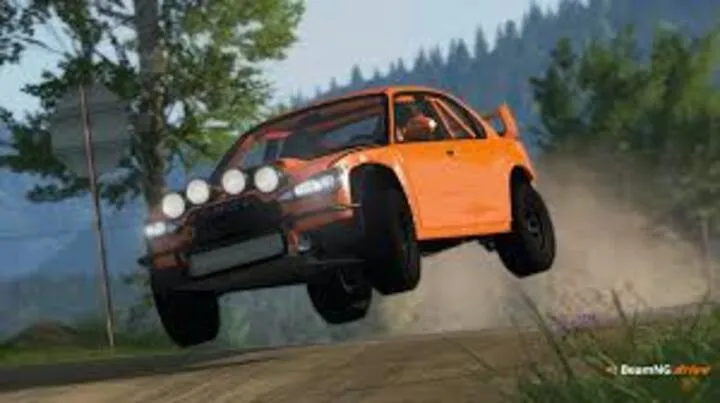
Stunt Driving and Races
- Set up complex stunt courses using ramps and loops—practice precision driving and smooth landings.
- Organize races with AI or friends using custom tracks. Fine-tune your vehicle for the specific course to gain an edge.
- Experiment with extreme weather or map conditions to test your limits.
Emergency and Chase Scenarios
- Use AI traffic and police chase settings to simulate emergencies or high-speed pursuits.
- Practice evasive maneuvers and controlled braking under pressure.
- Combine chase scenarios with tricky terrain for a greater challenge.
Conclusion
BeamNG.drive is more than a driving game—it’s a sandbox for creativity, engineering, and precision driving. By understanding the soft-body physics, mastering vehicle handling, and exploring its robust tools, you’ll unlock endless possibilities. Whether crafting epic crash montages, fine-tuning race cars, or building your own maps, BeamNG.drive rewards experimentation and patience. Stay engaged with its vibrant community, keep refining your skills, and push the limits of what’s possible on four wheels.









